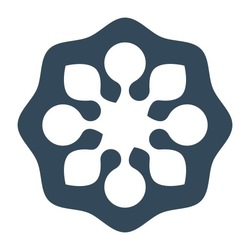Moving On Up: Mâconnais 2021 & 2022
Guffens-Heynen
Tri de Chavigne Mâcon-Pierreclos Chardonnay 2020
The 2020 Mâcon-Pierreclos Tris de Chavigne has a slight reduction on the nose, impressive concentration, crushed stone and a touch of grilled walnut. The palate is taut and fresh, very saline, with lime zest and grapefruit. It's linear at first and then fans out gloriously toward the finish. The 2020 is a persistent wine. Excellent. (Neal Martin, Vinous, August 2023)
— 8 months ago
Domaine du Roc des Boutires
En Bertilionne Pouilly-Fuissé Chardonnay 2021
The 2021 Pouilly-Fuissé En Bertilionne comes from vines planted in the 1950s on the border of the appellation next to Mâcon-Solutré, located on pink marn soils. It is exposed to the wind and is prone to oïdium. It has a discrete bouquet, reluctantly offering yellow fruit and oily aromas. A faint touch of menthol might become accentuated with bottle age. The palate is crisp, fresh and well-balanced. A pleasant bitter lemon note counterbalances what feels like a slightly richer style of Pouilly-Fuissé. Perhaps it doesn't fully possess the same complexity on the finish as other vintages I have tasted. Nevertheless, it will age well in bottle. (Neal Martin, Vinous, August 2023)
— 8 months ago



Delectable Wine

Follow to learn about our favorite wines & people.
The 2019 Mâcon-Verzé Les Chênes was ordered from the list at Au Fil du Zinc in Chablis, principally because it is not shown whenever I visit Leflaive in Puligny. It acquits itself well. It's fresh on the nose with orchard fruit and white tea, though I would not describe it as complex. However, it exudes presence and concentration. The palate has commendable weight and is well-balanced. The acidity neatly counterbalances the concentrated fruit, dovetailing into a brioche-tinged finish with sufficient salinity to beg another sip. Polished off over dinner, it cost 60 Euros on the list. Money well spent. (Neal Martin, Vinous, August 2023)
— 8 months ago